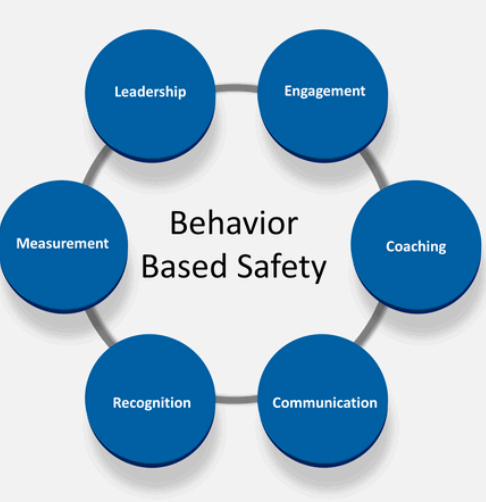BBS Implementation
A behavior-based safety implementation program can be the key to reducing the severity and frequency of preventable workplace injuries and illnesses and improving Safety Culture Transformation. Behavior-based safety (BBS) requires companies to focus on empowering workers with policies and systems to support safe behaviors, rather than dictating safe behaviors.
The implementation Involved1. Collect and Review EHS Data The first step in developing a behavior-based safety program is to start collecting and reviewing data. This will allow you to identify the behavioral and workplace scenarios that need attention. In addition, it is easier than you might think. All you have to do is create your program's list of hazards. Then, focus on addressing the actual or potential unsafe behavior or actions behind each hazard.
2. Create a Critical Behavior Checklist Safety consultants can use the ABC to identify behaviors that are directly linked to excessive risk taking and injuries. The ABC can also show which behaviors do not lead to injuries, so that employees can avoid the behaviors in order to further their own health and safety.

3. Track and Measure Behavior Employees who leave the workplace without permission are a concern to all companies, but they are especially dangerous in hazardous environments. If you own or manage a business that requires employees to work in harsh conditions, then there is a good chance that some of your workers have left their posts at some point and returned either intoxicated or injured. The safety manager needs to consider implementing programs that will not only track if employees are leaving their stations, but also ensure that they are not present at unsafe levels when they return.
4. Give Feedback Giving feedback is an essential part of any industry and workplace. At its root, feedback is a simple concept. It's a message delivered to an individual or group that indicates the degree in which they are reaching some desired result or outcome. The more specific the message, the more helpful it can be to the recipient.
5. Measure Success and Continuously Improve The Behavior-Based Safety Program = Better performance + Improved safety + Increased employee engagement = Tremendous ROI. Developing a behavior-based safety program can bring tremendous benefits to your organization and its employees.
How we can help
- BBS Training at All Levels
- BBS Process Manual Implementation Handholding
- BBS Data Analytics and Safety Culture Transformation at 5 Levels
- BBS Audits
Contact us at info@thesafetymaster.com for getting a proposal on BBS Implementation
CONTACT NOW